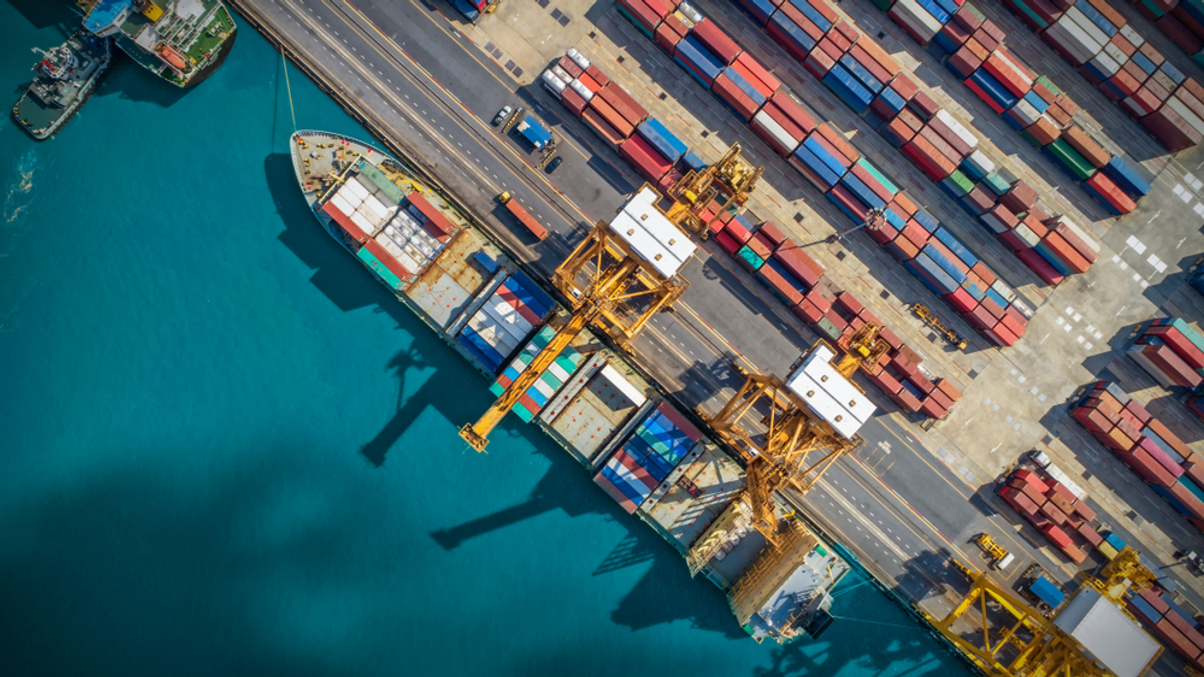Asian supply chain disruption is fuelling Europe's inflation, says APG economist
Thijs Knaap, chief economist for Dutch pension fund APG, discusses how pension funds can protect themselves from the effects of high inflation.

American economist Milton Friedman famously said, “Inflation is always and everywhere a monetary phenomenon” — implying that it can only arise when central banks increase the supply of money.
Sign in to read on!
Registered users get 2 free articles in 30 days.
Subscribers have full unlimited access to AsianInvestor
Not signed up? New users get 2 free articles per month, plus a 7-day unlimited free trial.
¬ Haymarket Media Limited. All rights reserved.


